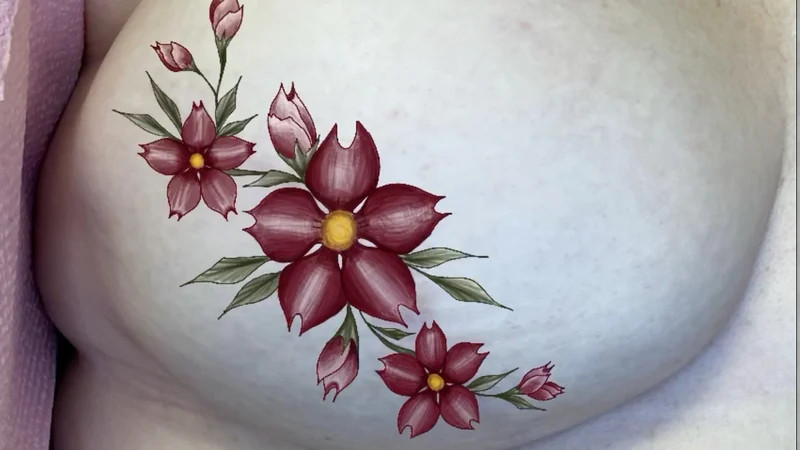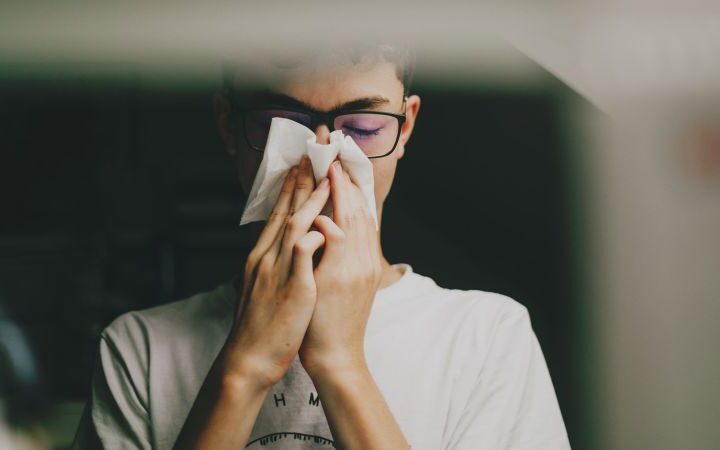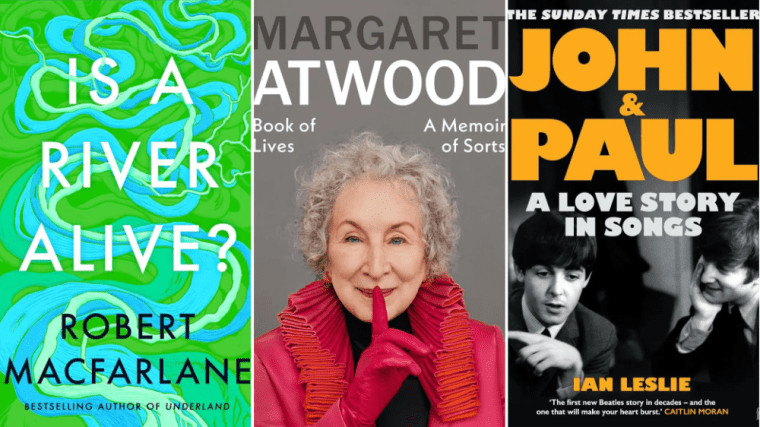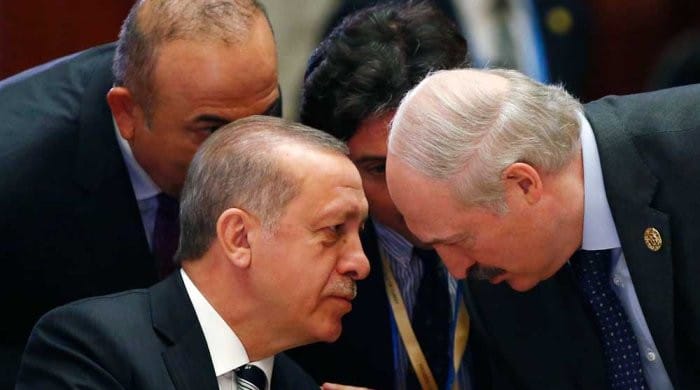Analysis: many cancer survivors get therapeutic tattoos to allow them to carve out a new interpretation of their changed bodies
As humans, we have the power to make the world around us meaningful. Nowhere is this truer than tattooing. This is because, despite the potentially arbitrary nature of inserting ink into the skin, humans have given it immense meaning across its roughly 5,000+ years of existence. The reasons for getting a tattoo have changed over time. A very recent example of this is the creation of therapeutic tattoos: tattoos that are received for psychological purposes, to improve one’s body-image, sense of identity, etc.
Therapeutic tattoos are particularly common among cancer-survivors. These individuals often go through several body-changing treatments such as chemotherapy, causing port-scarring, or amputations, causing missing body-parts. However, while some survivors take pride in the bodily marks of their survivorship, others may feel unattractive, constantly reminded of their cancer, and unable to navigate their identity post-treatment.
From TEDxChicago, tattoo artist David Allen on how a post-mastectomy tattoo can help someone heal
For these reasons, many cancer-survivors decide to receive therapeutic tattoos, as they allow these individuals to carve out a new interpretation of their changed bodies, putting them back in control of their own story. Such tattoos can take many forms, and can be categorised as Medical (tattoo performed on scarred skin) or non-medical (tattoo performed on non-scarred skin), and decorative(tattoo design creates a new symbol) or reconstructive (tattoo design recreates a part of the body which has been lost).
Below are the stories of two breast cancer survivors, which showcase the impact therapeutic tattoos can have.
Lisa’s story
“I didn’t want a tattooed nipple, they never meant that much to me when I had two, I wanted something to symbolise what had happened to my boob.
When I was told I had breast cancer, I said to the surgeon, “just take it out and get rid of it”, my mom had had breast cancer 10 years before, so I knew the process.
My zip tattoo came about as when I looked in the mirror, they had actually cut open my boob, gotten rid of it, and sewn my skin shut again.

I wanted the zip to be slightly open to have butterflies (my moms favourite) coming out of it, representing me, my mum and my dad as we all had cancer that year.
Unfortunately, my parents both passed away the year I got the tattoo, so it represents more than just my cancer now.
After getting my tattoo, it was easier to look in the mirror, I was so proud of it and what it represented. It wasn’t just a lump with silicone in it, it was still part of me and my journey through this life.
I show anyone who asks, and you can see the butterflies when wearing a strappy top. I’m someone that will explain how I found my cancer, show them my reconstruction and tattoo, and try to get people to understand that it’s not always the end of the world, most people do survive and live a normal life if you have a positive outlook.”
Lourdes’ story
“When I first learned I would need a mastectomy, there were so many unknowns—how I’d feel, what I’d look like, how I’d explain everything to my daughter. But one thing I knew for sure from the start: I wanted a nipple tattoo.
That might seem like an unusual thing to focus on while facing a stage III cancer diagnosis, chemotherapy, and major surgery. But when you lose control over so much—your body, your hair, your future—you begin to hold onto anything you can still plan. And I wanted to feel as normal as I could, as soon as possible.
After surgery, when I looked in the mirror, I didn’t feel whole. It wasn’t about vanity—it was about identity. There’s a deep kind of grief in losing a part of yourself that’s always been there. Without a nipple, I didn’t feel complete.

That feeling quietly turned into insecurity. I smiled and celebrated being cancer-free—but whenever I looked down, it reminded me of what was taken.
That’s when I started looking into nipple tattoos. I didn’t want anything symbolic or artistic—I wanted to get something that looked real. I wanted to feel like myself again.
When I saw the final result, I couldn’t believe it. I smiled in a way I hadn’t in months.. The tattoo looked so real.
The tattoo didn’t erase the pain of chemo, the trauma of surgery, or the fear of losing my hair. But it gave me back my confidence, I felt like me again. And in a journey filled with loss, that little piece of restoration meant the world
Therapeutic tattooing isn’t just about aesthetics. For many of us, it’s part of healing. It’s not just art—it’s restoration. It’s compassion. And it’s a reminder that even after the medical part of recovery ends, the emotional and spiritual healing continues.
I’m still figuring out what life after cancer looks like. Most days I feel strong. Some days I feel delicate. But now, when I look in the mirror, I don’t see a scar or a loss. I see myself—whole, alive, and healing.”
Importantly, these tattoos for cancer-survivors are not as uncommon as you may think, being performed on men and women in hospitals and tattoo studios on the island of Ireland and abroad, in part thanks to the work of non-profit organisations such as the Nipple Innovation Project and Tittoo.org.
However, we have only scratched the surface in terms of understanding their potential applications, which may include self-harm scar tattoos and gender-affirming tattoos. With further research, we may be able to fully unlock the meaning-making ability of therapeutic tattoos.















